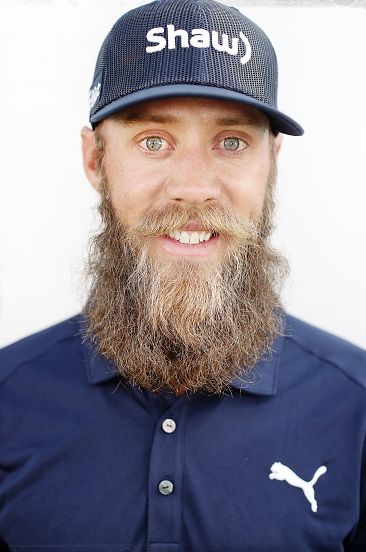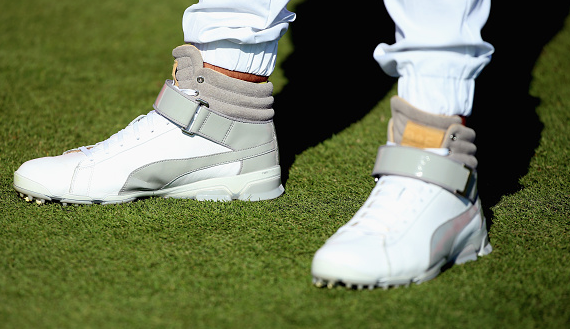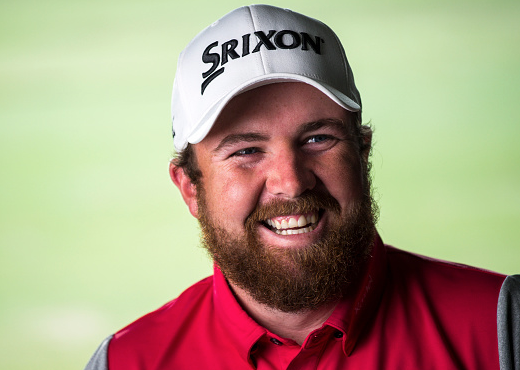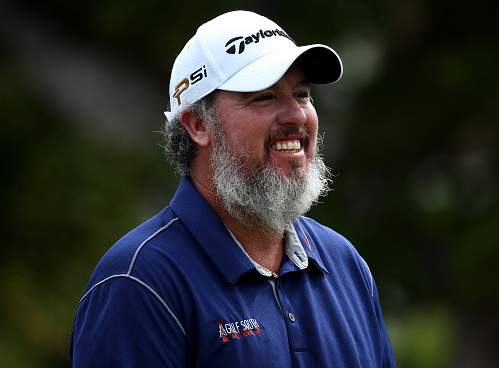Is professional golf loosening up its clean-cut look? The optics show that, with beards, tattoos, long hair and high-top golf shoes, the millennial generation’s style is influencing the game.
It also seems the US PGA Tour’s powers-that-be have decided rather than clashing with the button-down corporate image they’ve traditionally encouraged for players, the facial hair and body art just might be making the game more inviting.
The trendiest example is Rickie Fowler, who showed off some new ink on the inside of his left bicep on Instagram in early January. Done in honor of his Japanese grandfather, Yutaka, the exotic lettering represented another potential point of entry to the sport.

“I think the more doors that can be opened while sticking inside tradition and respecting the game, that’s what’s going to bring the younger generation,” Fowler said at the Honda Classic. “And it’s not just the kids that know golf, but ones that maybe come from different avenues.”
Fowler’s avenue was through action sports. He wants to show friends from that world that golf accepts more than just one type of person. “It’s a cool, fun game,” Fowler says.

The beards of Dustin Johnson, Graham DeLaet, Shane Lowry and Jason Day are also symbols. While Miami Marlins manager Don Mattingly recently enforced a no-facial-hair rule with his team, commissioner Tim Finchem has not imposed clean-shaven regulation for his players, whether trimmed like Johnson, full-length like Lowry and DeLaet or stubbly like Day. “Beards are kind of an ‘in’ thing at the moment,” Lowry said. “A lot of people have them.”

Lowry [above], the 28-year-old Irishman who won last year’s WGC-Bridgestone Invitational, wasn’t trying to make a statement. His Zach Galifianakis-style red beard sprouted because his fiance, Wendy, liked what she saw. “Golf would be boring,” he told me, “if everybody looked the same.”
DeLaet was a hockey player growing up in Saskatchewan, and his rugged NHL-playoff beard reflects it. DeLaet’s inspiration for growing what Canadian writers have described as “thicker than US Open rough” was the birth of his twins, Roscoe and Layla, last year. “There are enough pleated Dockers in button-down shirts,” he says. “I’m just trying to be who I am and have fun with it.”
The US PGA Tour has become more progressive since an official talked to a young Notah Begay III in the late 1990s about earrings that honored his Native American heritage. Although when Boo Weekley’s recent wild growth started connecting to “Duck Dynasty,” rules director Mark Russell’s playful message was that it wasn’t hunting season. Boo [below] compromised with a trim.

“Our approach and attitude about it, when it comes to personal grooming, is that if you look at yourself in a mirror and imagine you’re going out on a date or a sponsor function, would you be proud walking in the way you look?” says Andy Pazder, executive vice president and chief of operations for the tour. “If the answer is yes, that’s fine. If you’re not so sure, maybe you should look at your appearance.”
What’s going to happen when somebody shows up with a full sleeve of tattoos, a nose ring and hair halfway down his back? At this point, nothing. Other than no shorts, no jeans and no-collar shirts, the US PGA Tour has no defined regulations on appearance – save for the mirror test. If it fits the contemporary conception of cool, it works.




